Although strides have been made in the HIV response, children are still affected by the epidemic
Of the estimated 40.0 million [confidence bounds: 36.0-44.8 million] people living with HIV worldwide in 2023, 2.38 million [1.83-2.97 million] were children aged 0-19. Each day in 2023, approximately 685 children became infected with HIV and approximately 250 children died from AIDS related causes, mostly due to inadequate access to HIV prevention, care and treatment services.
As of 2023, roughly 14.1 million [11.2 – 17.7 million] children under the age of 18 had lost one or both parents to AIDS-related causes. Millions more have been affected by the epidemic, through a heightened risk of poverty, homelessness, school dropout, discrimination and loss of opportunities, as well as COVID-19. These hardships include prolonged illness and death. Of the estimated 630,000 [500,000-820,000] people who died of AIDS-related illnesses in 2023, 90,000 [64,000-120,000] (or approximately 14 per cent) of them were children under 20 years of age.
Global trends
In 2023, around 120,000 [83,000-170,000] children aged 0-14 were newly infected with HIV, bringing the total number of children aged 0-14 living with HIV to 1,370,000 [1.1 – 1.3 million]. Nearly 87 per cent of these children live in sub-Saharan Africa. One bright spot on the global horizon is the rapid decline of approximately 62 per cent in new HIV infections among children aged 0-914 since 2010 due to stepped-up efforts to prevent mother-to-child transmission of HIV. However, the number of new HIV infections among adolescents (aged 15-19) has declined at a slower rate of about 48 per cent.
An estimated 90,000 [64,000-120,000] children and adolescents died from AIDS-related causes in 2023. About 73 per cent of these preventable deaths occurred among children under 10 years old. The number of annual AIDS-related deaths among children aged 0-14 years has declined by about 80 per cent since its peak in 2002, while the number of annual AIDS-related deaths among those aged 15-19 has only decreased by 8 per cent since 2002.
Geographic disparity
Sub-Saharan Africa, particularly Southern Africa, remains the region most heavily affected by the epidemic. In 2023, sub-Saharan Africa accounted for approximately 65 per cent of people of all ages living with HIV and 84 per cent of children and adolescents living with HIV worldwide. The spread of HIV in sub-Saharan Africa is mostly through heterosexual relationships, both in the context of transactional and commercial sex and in longer-term relationships, including marriage. Current evidence in southern Africa has identified sexual relationships between adolescent girls or young women and older men as a common HIV transmission route.
In addition, infants born to mothers living with HIV are at risk of becoming infected if their mothers are not on effective treatment or retained in care.
In most other regions of the world, HIV disproportionately affects persons who inject drugs, men who have sex with men and sex workers. The epidemic is evolving, however, and transmission patterns are changing throughout the world. In Eastern Europe and Central Asia, HIV epidemics that were once distinguished largely by transmission among persons who inject drugs are now increasingly characterized by significant sexual transmission. In parts of Asia, HIV is transmitted more and more among heterosexual couples. In Asia as a whole, HIV epidemics have long been concentrated in persons who inject drugs, sex workers and their clients, and men who have sex with men. Now, HIV infections are steadily spreading into lower-risk populations through transmission to the sexual partners of those most at risk. For information on UNICEF’s programme and policy work, visit the Children & AIDS community of practice.
HIV/AIDS data
Build and download your own customisable dataset
Resources
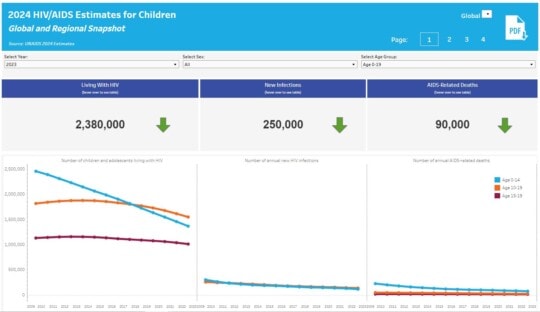
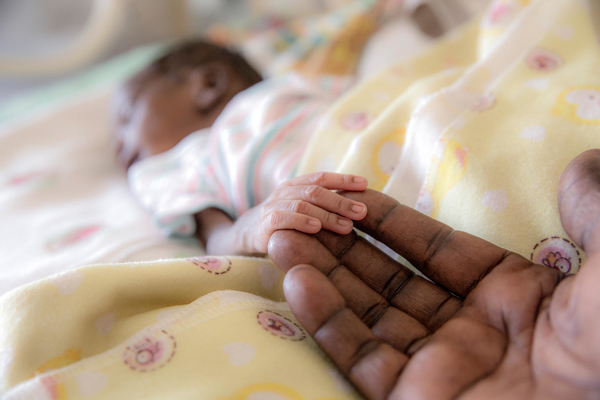
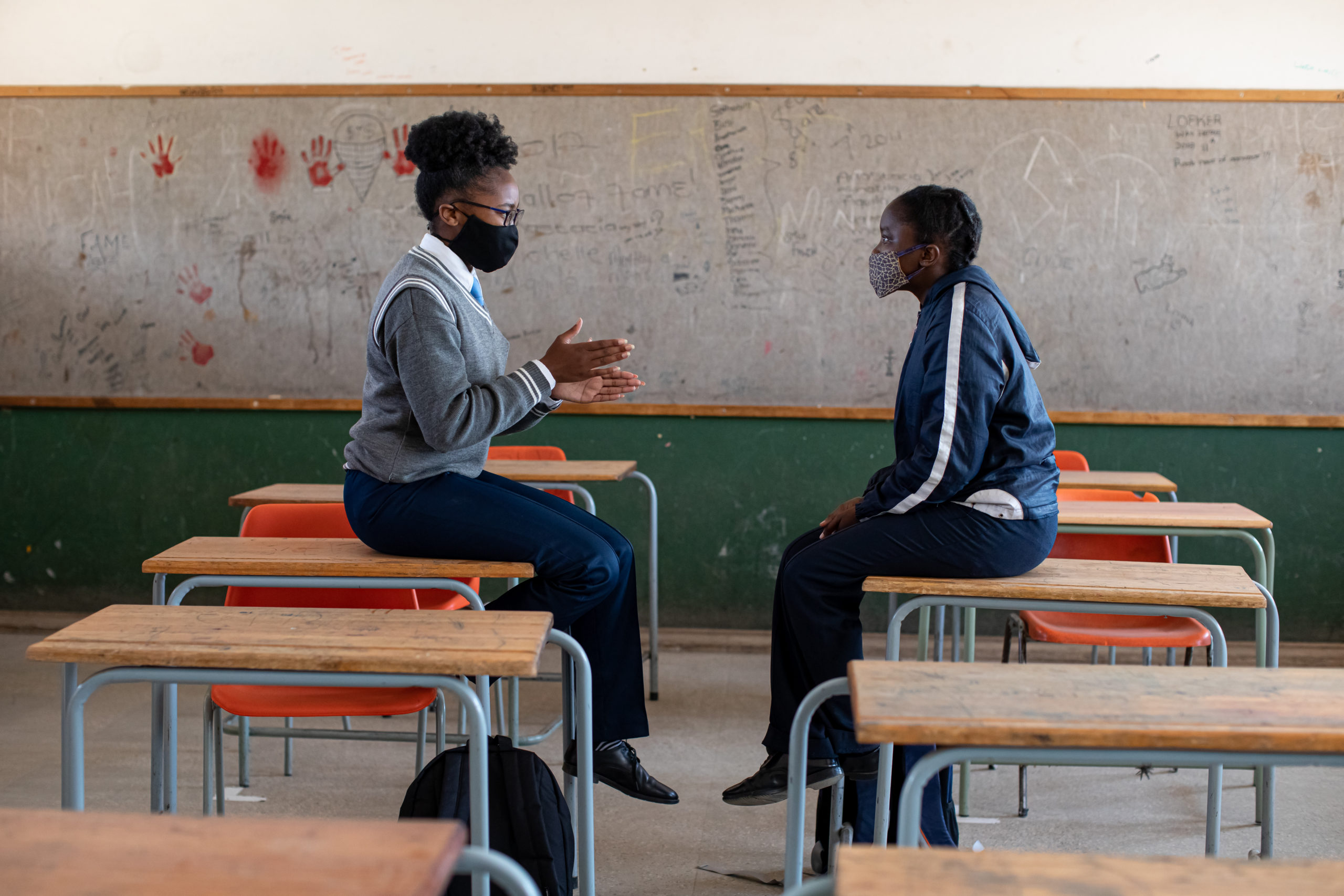
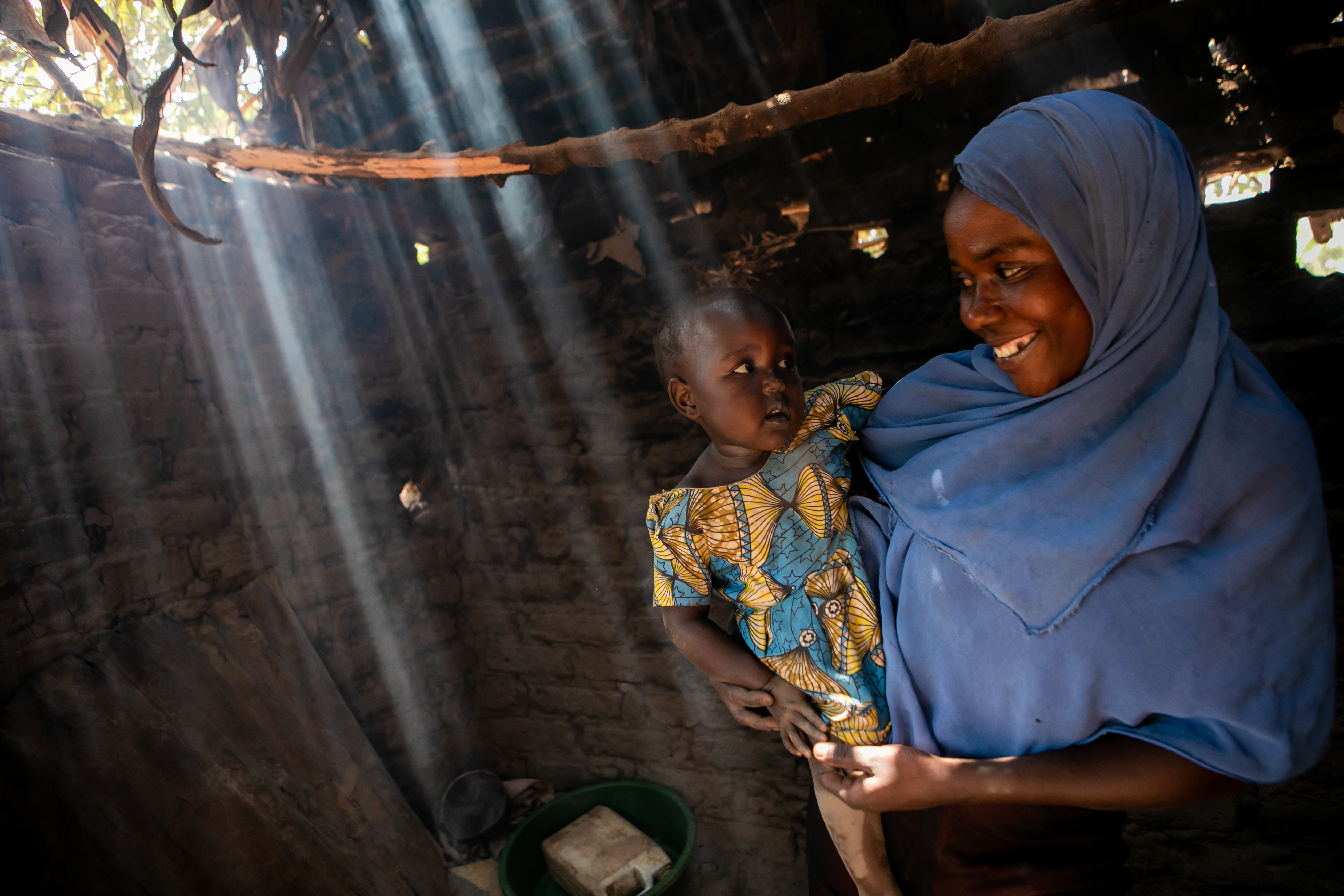
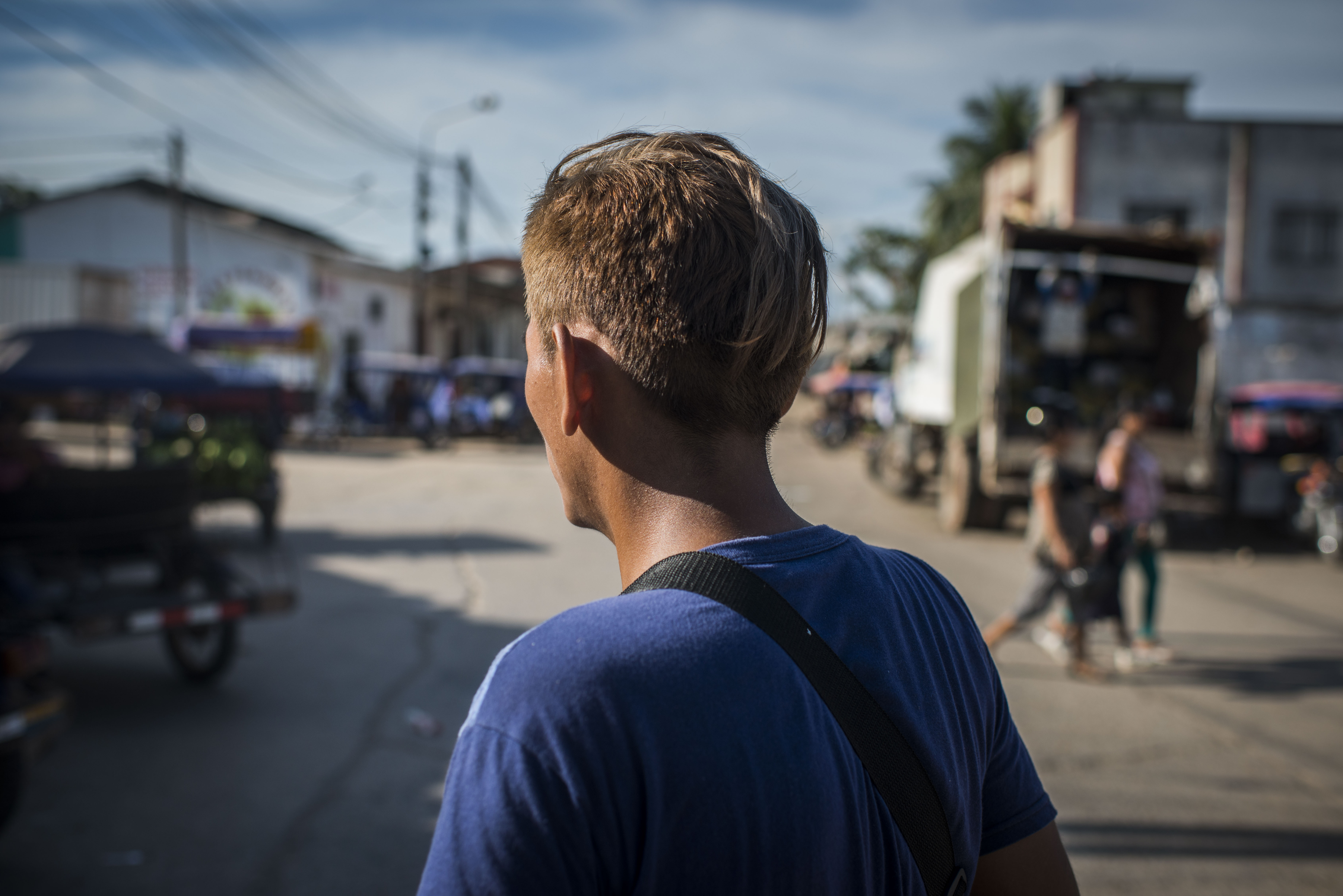
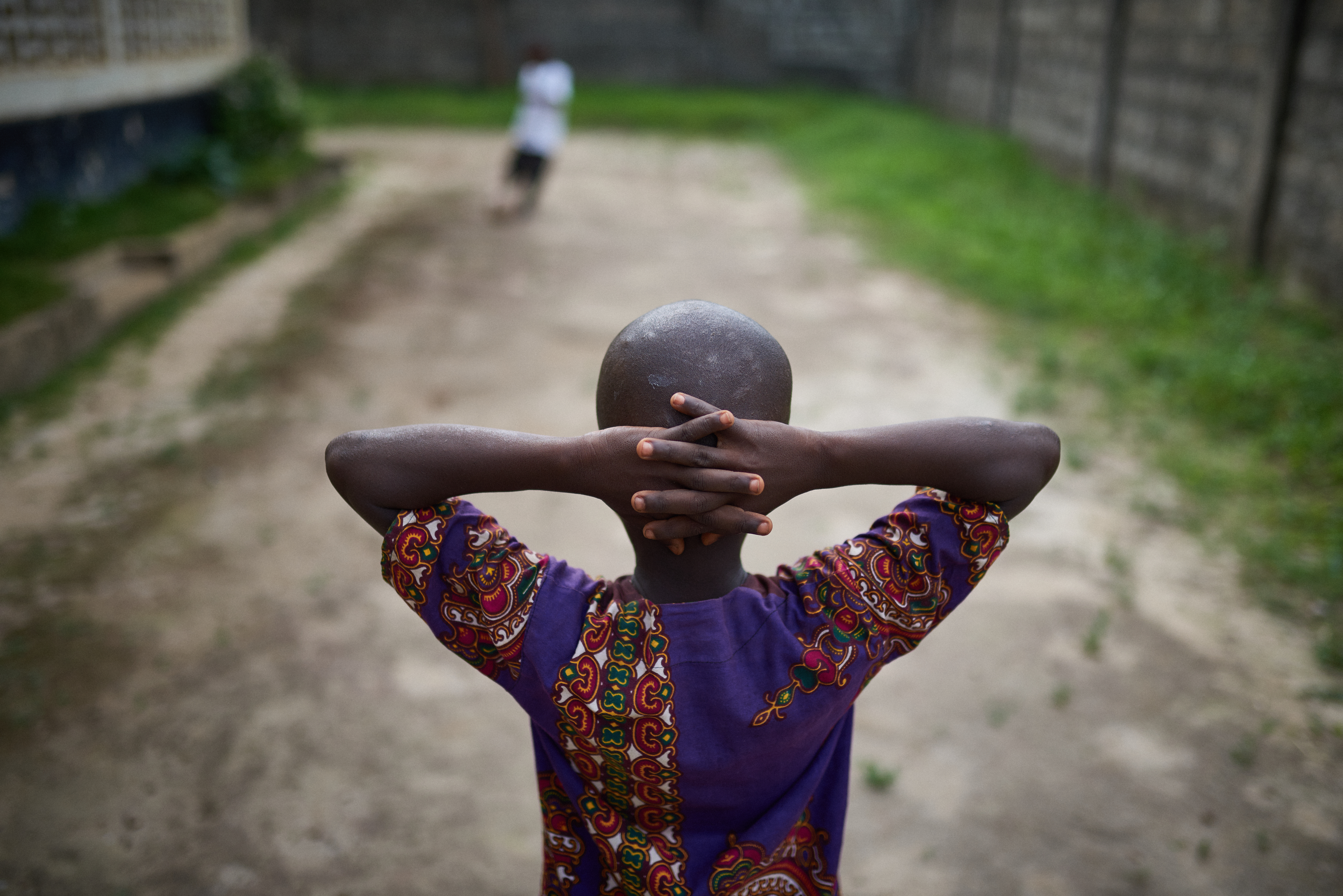

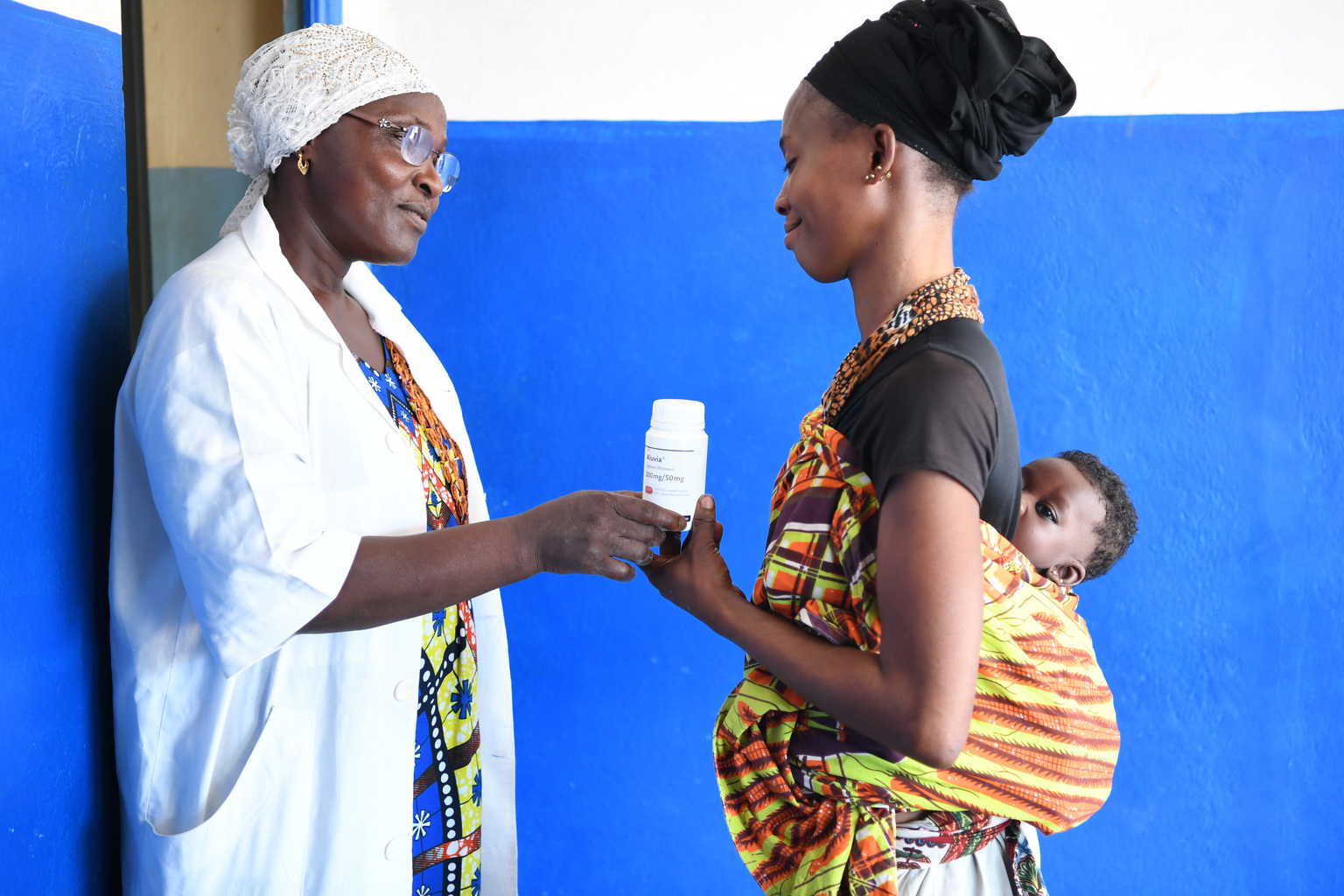
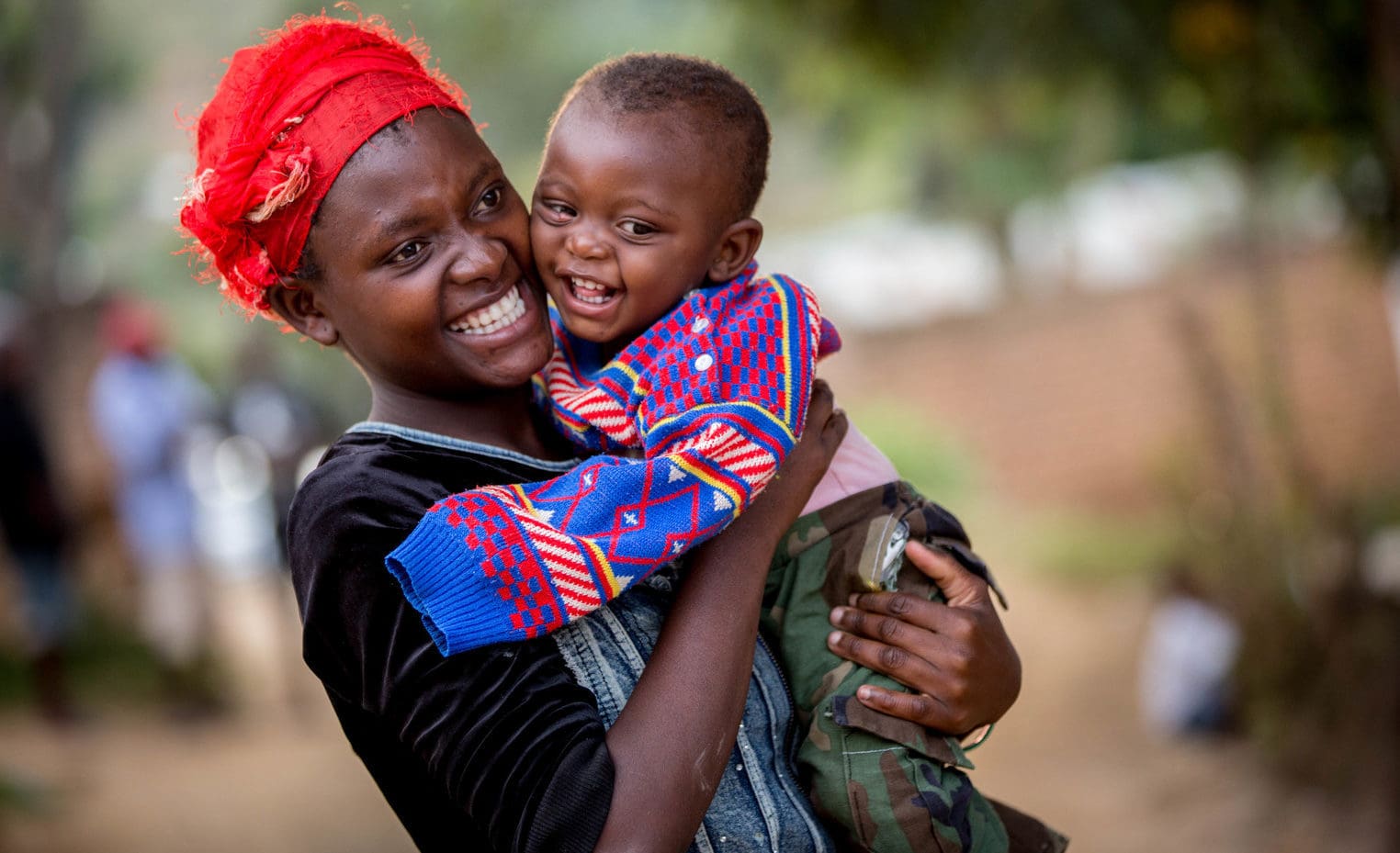
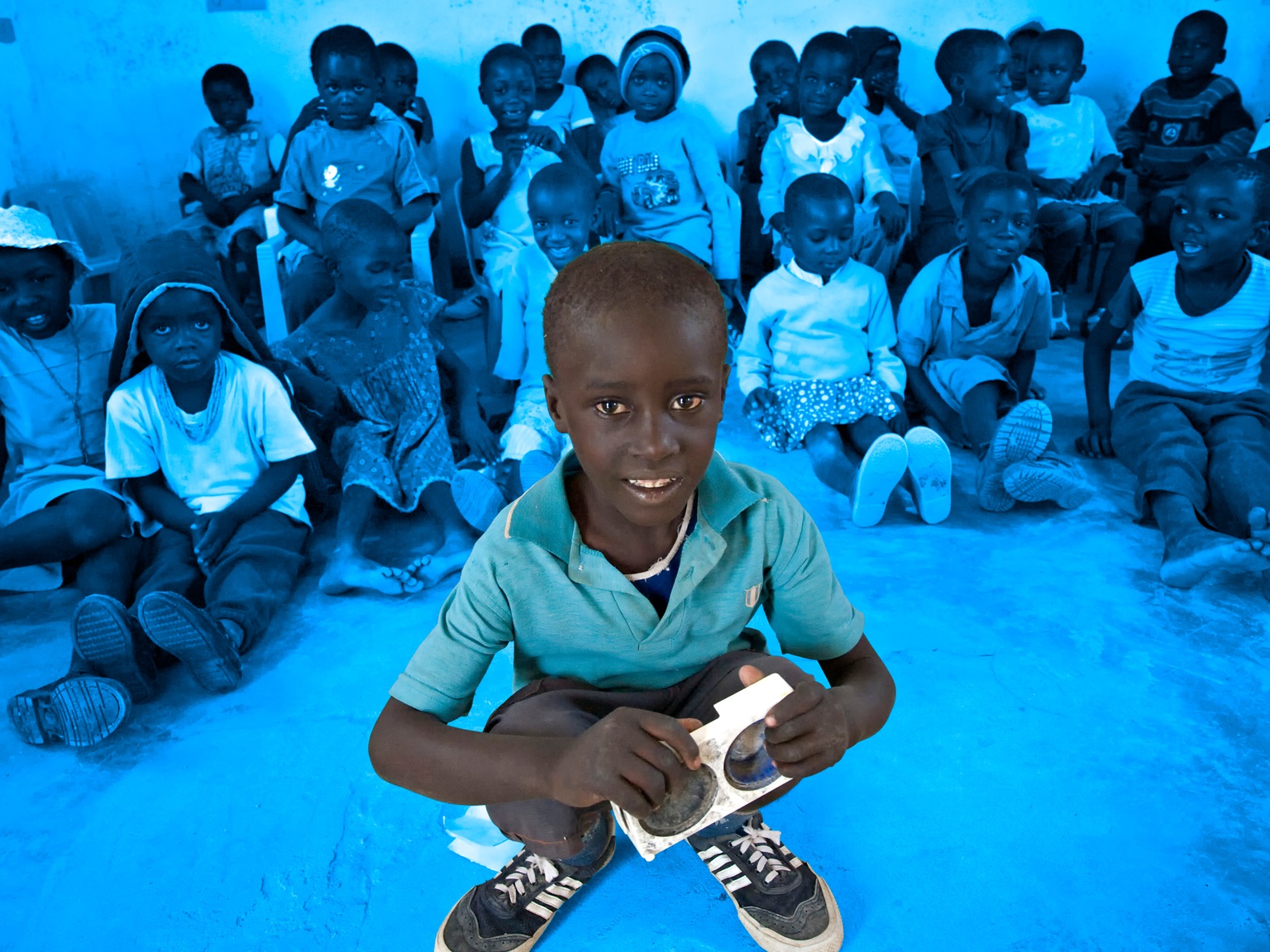
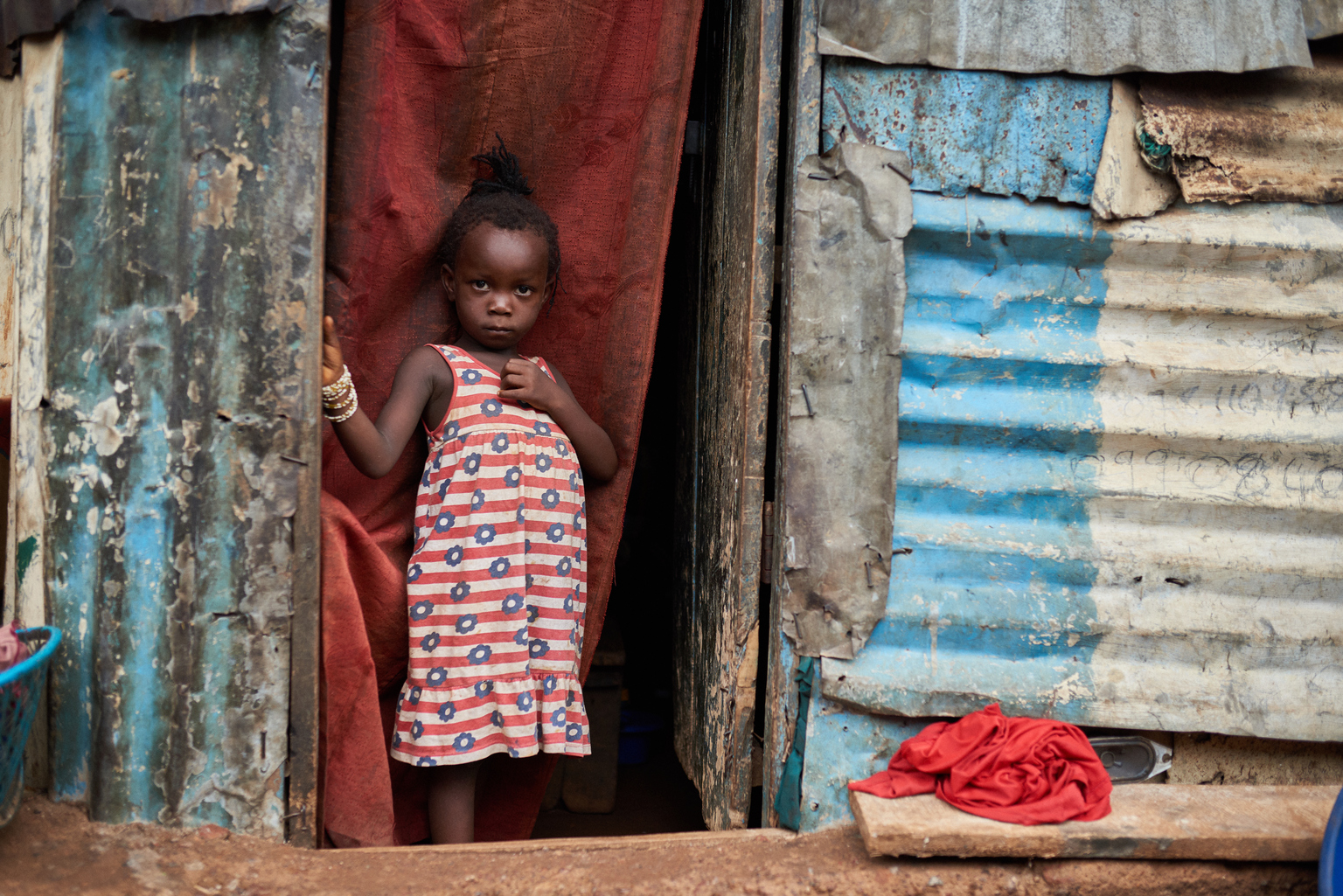
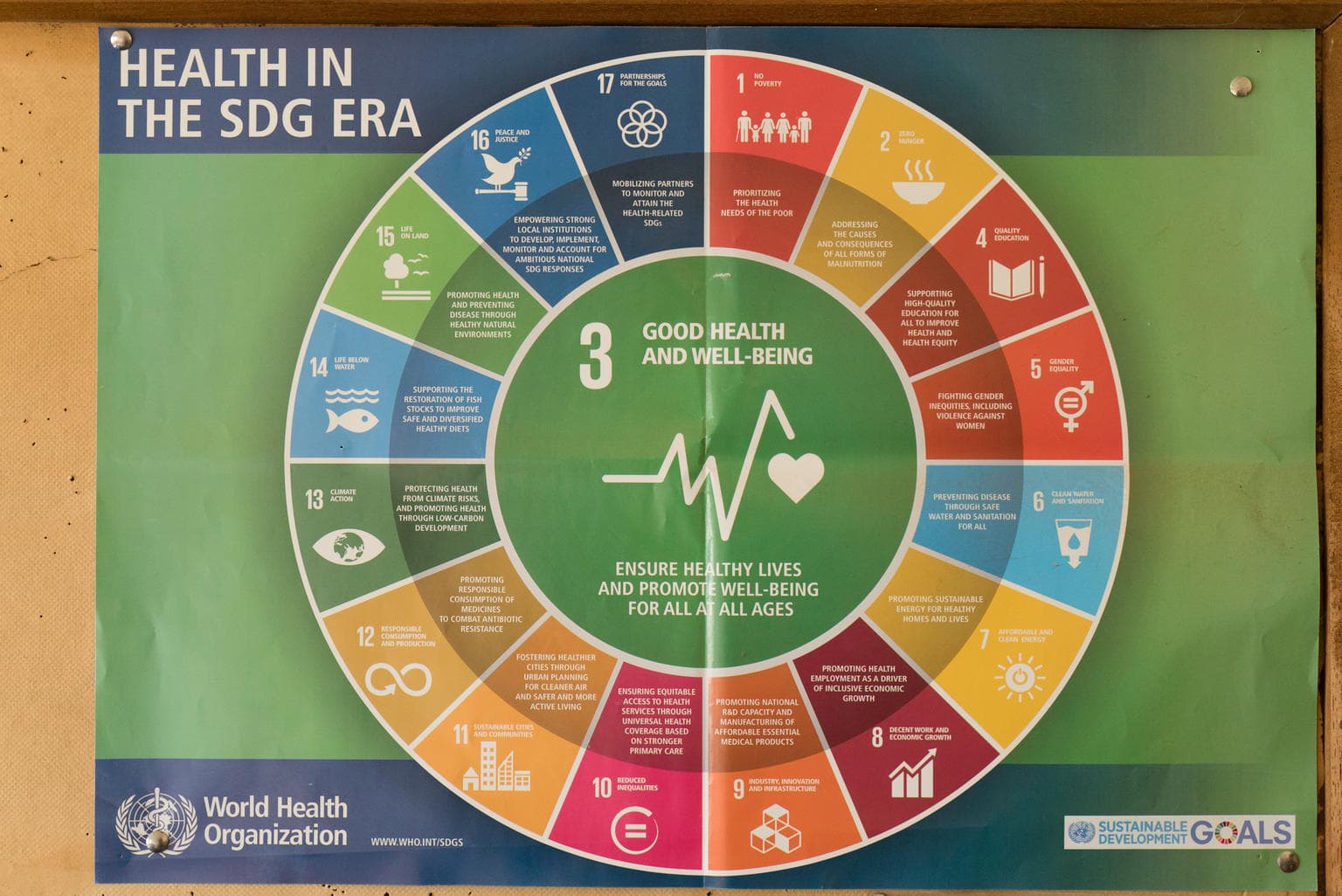
Data sources + methodology
Global AIDS monitoring 2024
In order to monitor the HIV response and progress towards achieving global goals, countries submit national and subnational data on a host of indicators to the Global AIDS Monitoring (GAM) system. Annual submissions are reviewed and validated. Data consist of programmatic data for HIV prevention, testing and treatment. Other indicators require data from population-based surveys and surveys focused on key populations at risk of HIV infection.
For more information, click here.
UNAIDS Estimates and Spectrum’s AIDS Impact Model
Each year countries update their AIDS Impact Model in Avenir Health’s Spectrum software to develop the latest estimates for the HIV epidemic. Supported by UNAIDS, WHO and UNICEF these estimates are used to inform programme and policy decisions for HIV epidemic response.
Useful links:
Methods for HIV modelling are developed by the UNAIDS Reference Group on Estimates, Modelling and Projections.
All available data on HIV estimates are available at aidsinfo.unaids.org.
Nationally representative surveys
Multiple Indicator Cluster Surveys (MICS), Demographic and Health Surveys (DHS), AIDS Indicator Surveys (AIS), Population-based HIV Impact Assessments (PHIA) reproductive health surveys, sexual behaviour surveys and other nationally representative surveys are currently used to collect data on HIV and AIDS.
